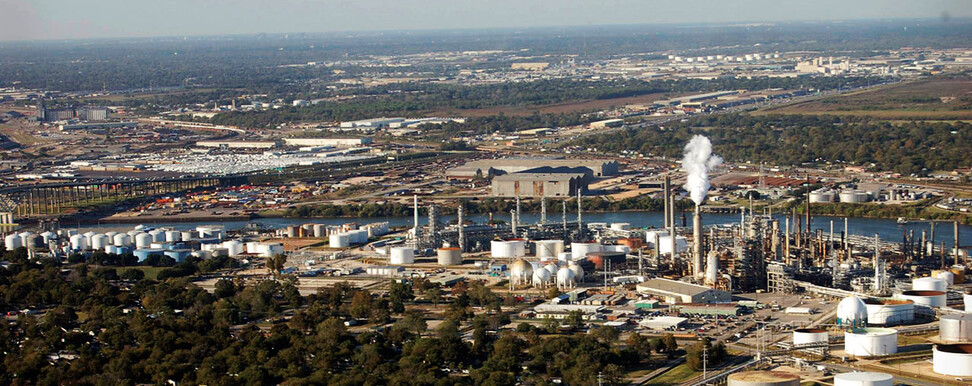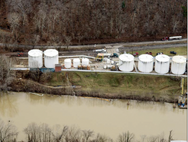
Campaigns and Projects
Chemical Disaster Prevention Program
A joint project of Coming Clean & the Environmental Justice Health Alliance
Chemical fires, explosions and toxic releases are shockingly common in the US. Communities of color and low-income communities are most at risk.
Across the United States, over 12,000 high-risk chemical facilities put 39% of the US population (124 million people) who live within three miles of these sites at constant risk of a chemical disaster. The full vulnerability zones for these industrial and commercial sites can extend up to twenty-five miles in radius. Many communities of color and low-income communities face disproportionate risk from these facilities, and often face other health hazards as well, such as high levels of toxic pollution, and higher rates of hospitalization and mortality from COVID-19.
But commonsense solutions exist that can prevent chemical disasters and protect workers and communities at the fenceline.
Together, we've campaigned for improvements to EPA’s Risk Management Plan (RMP) Rule, which regulates these ~12,000 high-risk chemical facilities nationwide and was updated in 2024. Learn about the changes we won to these regulations.
Explore the Chemical Incident Tracker.
Search for chemical incidents 2021-now, compiled by the Coalition to Prevent Chemical Disasters.
Chemical fires, explosions and toxic releases occur every other day in the U.S. Data points are uploaded weekly by the Coalition to Prevent Chemical Disasters.
Highlighted Reports & Resources
- Key Findings: Chemical Incident Tracking This analysis summarizes nearly three years of hazardous chemical incident data collected by the Coalition to Prevent Chemical Disasters. Between January 1, 2021 - October 15, 2023, at least 825 chemical incidents were reported in the United States, including fires, explosions, and chemical releases, leading to nearly 200 community evacuations. Many incidents stem from the fossil fuel lifecycle.
- Preventing Disaster: Three chemical incidents within two weeks show urgent need for stronger federal requirements This report profiles three chemical incidents in January 2022, urging the EPA to implement specific safety measures in its Risk Management Program to prevent future disasters.
- Transitioning to Safer Substitutes. Our infographic shows how a water reclamation plant in Albuquerque, New Mexico was able to stop storing dangerous quantities of chlorine gas on site by switching to an ultraviolet light disinfection system, after residents took action.
- The Coalition to Prevent Chemical Disasters maintains an ongoing list of chemical incidents in the United States. Since January 1, 2021 there have been over 900 chemical incidents. Learn more.
- Unprepared for Disaster: Chemical Hazards in the Wake of Hurricane Ida. In this 2021 report, we profile three facilities in Louisiana that put communities at risk by releasing toxic chemicals into the environment after being hit with high winds and flooding from Hurricane Ida. We recommend several ways the EPA could meaningfully update its Risk Management Program to prevent chemical disasters from happening in the first place.
- Read the public comments submitted by Coming Clean, EJHA and over 80 organizations submitted to calling for a stronger Risk Management Plan (RMP) rule, and watch the testimonies of advocates and frontline community members affected by past chemical disasters.
Now This promotes chemical disaster prevention





